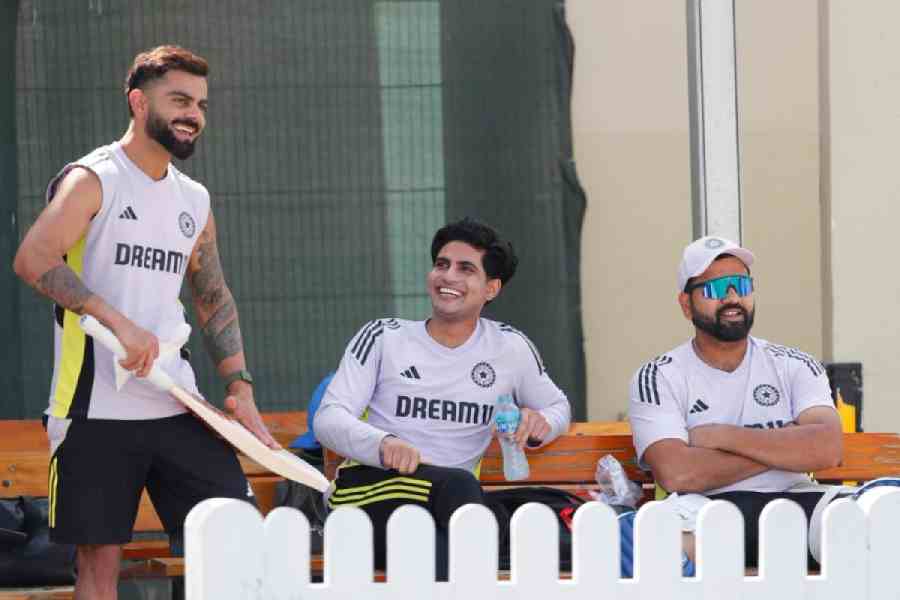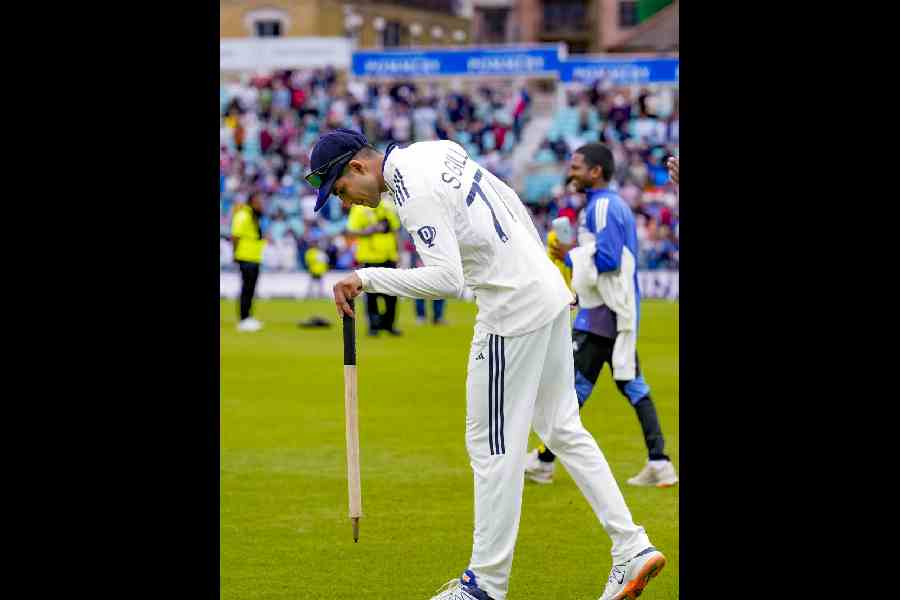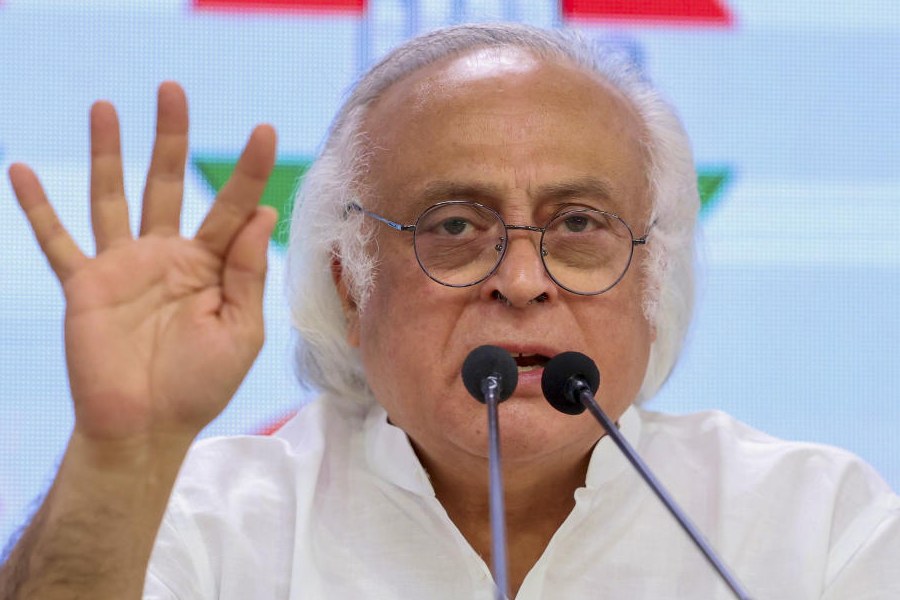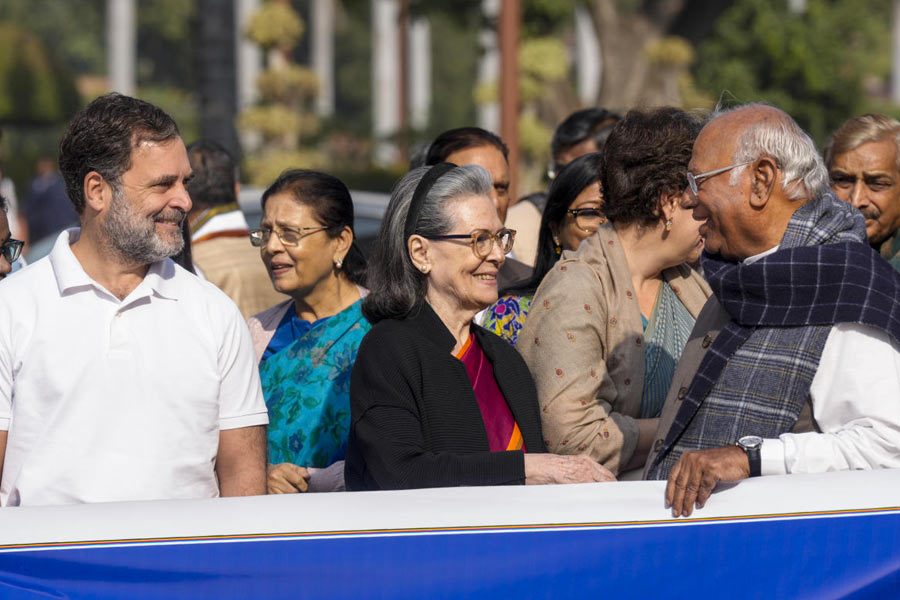Long before Rohit Sharma and Virat Kohli made their retirements public, Ajit Agarkar had called up Shubman Gill to break the news of his impending Test captaincy in the middle of April.
The England tour was still two months away but the chairman of the national selection committee wanted to make Gill comfortable in his new role. Head coach Gautam Gambhir too chipped in with the two meeting in New Delhi during the IPL to discuss the nitty-gritties of the tour.
Jasprit Bumrah had by then informed the selectors that he didn’t wish to captain because of fitness issues. Gill, 25, was the obvious choice and the selectors wanted to give him the time to prepare.
The planning began with Gill and Gambhir frequently interacting on issues ranging from team combinations to filling up the positions left vacant by Rohit and Kohli. Domestic record and IPL form did get precedence in strategising for the upcoming series.

Shubman Gill with Virat Kohli and Rohit Sharma
As the blueprint for the team was being laid out behind closed doors, Gill didn’t waste an opportunity to be England-ready, often switching to hitting the red ball at nets. He didn’t wish to feel out of place when the transformation would take place from white-ball cricket in what would be the defining moment of his career.
While the world pondered on Rohit and Kohli’s sudden exits, Gill was already sorting out strategies to combat the English weather and Bazball’s unfamiliar tactics. It meant tough team calls, building a conducive environment for players and having to deal with imminent comparisons with his predecessors’ leadership acumen.
Not just captaincy, he also had to overcome the demons of his poor form, especially overseas. An average of 35.05 in 32 Tests before England didn’t portray him as consistent, but he worked on his technical and mental aspects to improve on his gameplan.
He found an ally in Gujarat Titans teammate Kane Williamson and picked his brains. “I worked pretty hard before the start of the series... It was my goal to be able to be the best batter of the series...” Gill said after being named India’s player of the tournament.
Gill knew he had to lead by example as a batter. He was aware of India’s uninspiring record in England and the travails faced against lateral movement on green and
wet surfaces. Conversations with Williamson provided an insight into overcoming such distress.
Having made the decision to bat at No.4 meant Gill had to carry forward the legacy of Sachin Tendulkar and Kohli. But he never shied away from challenges. His tally of 754 runs is the second-highest by any captain in a single series in Test cricket, only behind Don Bradman’s 810 against England in 1936-37.
People could argue that flat wickets, except for at The Oval, made his task easier.
But such surfaces weren’t alien in England. “Wickets have been drier there since 2018... These sort of surfaces are common,” said Devang Gandhi, who toured as a selector during the series.
Gill’s four hundreds, including a record 269 at Edgbaston, inspired the likes of Ravindra Jadeja and Washington Sundar. Five batters — Gill, KL Rahul (532), Jadeja (516), Pant (479) and Yashasvi Jaiswal (411) — aggregated over 400 runs, a testament to their tactical manoeuvrings.
It was natural that his decision-making and aggression would be compared to Rohit and Kohli. Much similar to what Rishabh Pant had faced when he took over the mantle of keeping wickets from Mahendra Singh Dhoni. But Pant has since moulded himself into an indispensable part by rebuilding the trust and establishing a clear vision in his own way.
Gill too has his own style, based on different set of values and thought processes. He is not averse to in-your-face aggression, like Kohli, as England did realise at Lord’s. There was no shortage of drama and the odd needle though the Indians were beset by injuries.
He showed the traits of being an “aggressive captain” tactically. Zak Crawley will testify as he was deceived by a yorker when the field was set up for a short delivery in the third day’s final over at The Oval.
Being bold gave India enough leeway in the end. The think-tank decided to go in with a three-pronged pace attack in the deciding game on a green top. It allowed the side to beef up the batting in Pant’s injury-forced absence. Karun Nair’s 57 in the first innings vindicated the gameplan.
The immediate task now would be to reorganise the pace attack. With Jasprit Bumrah not a certainty in all Tests, the need to identify a pool with a clear pecking order gains prominence. But Bumrah’s absence has also led to the resurgence of Mohammed Siraj, whose sweat and nerves of steel earned India a 2-2 draw in the series.
The transition from Rohit and Kohli can be considered complete as Gill’s flair and maturity has opened up avenues. Rediscovering Siraj’s passion and purpose will also drive Gill to motivate this fearless young bunch.











